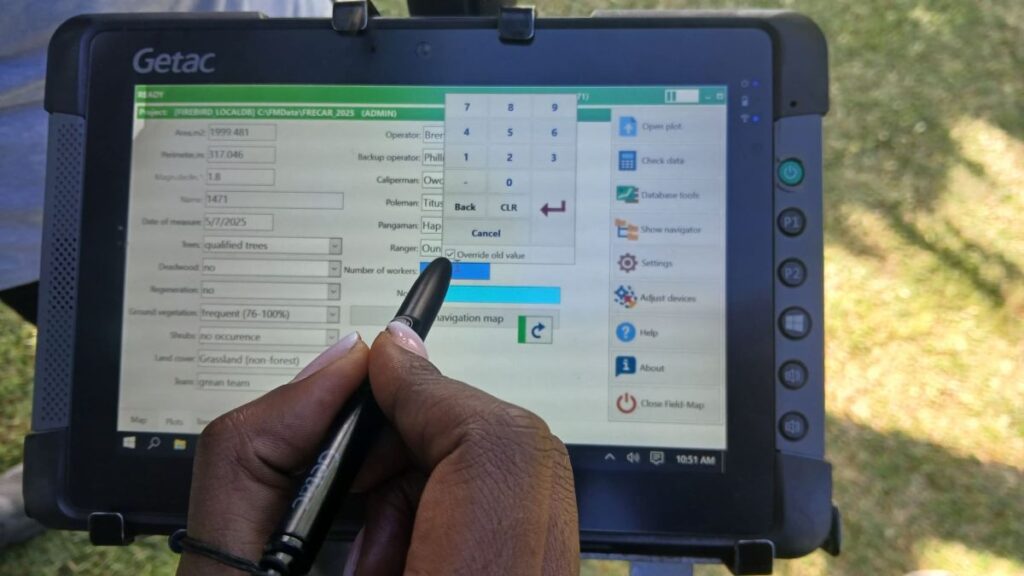The World Wildlife Fund (WWF) Uganda, in partnership with the National Forestry Authority (NFA) and Face the Future, has launched an Above Ground Biomass Assessment in four of the country’s Central Forest Reserves with a wider aim to address the prevailing climate change menace.
The four reserves earmarked for this exercise include Nyakarongo, Kihaimira, Muhunga, and Matiri in the Bugoma-Kabombe Landscape.
An above-ground biomass (AGB) assessment involves measuring the mass of living vegetation above the soil, including stems, branches, bark, and foliage.
This assessment is part of the expanded program under the Natural Forest Regeneration for Enhanced Carbon Stocks in the Albertine Rift(FRECAR) project.
This VELUX-funded program through WWF Verdensnaturfonden / WWF Denmark is part of the initiatives for enhancing carbon stocks in the forest estate with the aim of addressing the global climate crisis.

According to the Project Manager, Phillip Kihumuro, MSc, the exercise is critical because it lays a foundation to understand how much carbon is currently being stored in these forests and provides a basis for collaborative forest management interventions in the landscape.
This exercise builds on an earlier survey conducted 3 years ago in Bugoma, Kitechura, Ibambaro and Kagombe.
“With this dataset, we shall have a comprehensive baseline for the carbon potential in the landscape, thus contributing to the country’s greenhouse gas emissions inventory and understanding of the current situation as we address Uganda’s commitment to the Paris Agreement”, stated Kuhumuro.
The Coordinator for Inventory & Surveys at the National Forestry Authority added that this is the first baseline for forests such as Nyakarongo, and it will provide information about the current health and status of the forest.
According to a statement by WWF, this particular survey is being conducted using the state-of-the-art methodology, Field Map, which was developed by the Institute of Forest Ecosystems and Research(IFER).
The methodology ensures accurate measurements and processes data instantly to generate results in near-real time.


